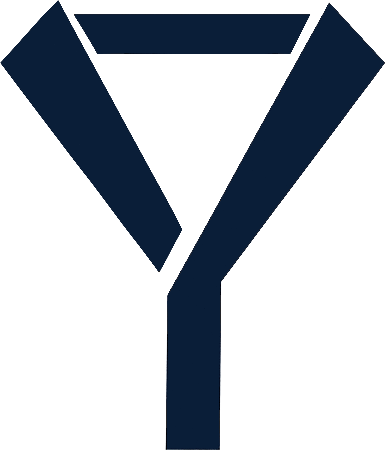“What is a single-breasted suit?” is a question that may sound simple, but its answer opens the door to one of menswear’s most enduring and versatile styles. In this guide, we’ll take a closer look at what truly defines a single-breasted suit, how it differs from its double-breasted cousin, and why this timeless silhouette continues to be the go-to choice for modern gentlemen around the world.
1. What is a single-breasted suit?
A single-breasted suit is one of the most fundamental and versatile garments in classic menswear. But what does “single-breasted” mean? In the simplest terms, this type of suit refers to a jacket that has one column of buttons and a narrow overlap of fabric.
Typically, single-breasted suits come with either one, two, or three buttons. Each configuration offers a slightly different look and level of formality. The most common and universal option is the two-button jacket. One-button styles are often seen in eveningwear or fashion-forward settings, while three-button versions carry a more traditional, structured silhouette.
The anatomy of a single-breasted jacket is designed to enhance the body’s natural proportions. Its straightforward structure makes it ideal for a wide range of body types, offering a clean vertical line that elongates the torso.
Unlike the double breasted suit, the single-breasted suit keeps things sleek, minimal, and easy to wear.
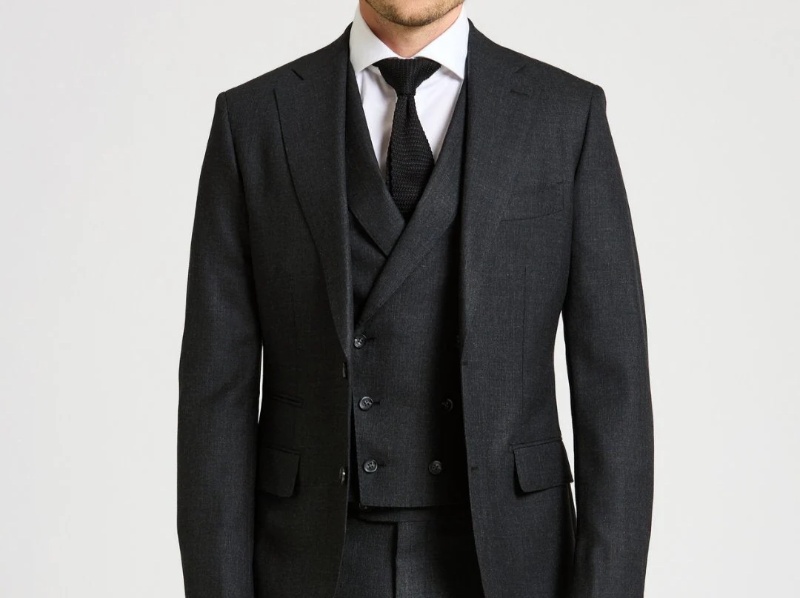
2. The history and evolution of the single-breasted suit
To understand the modern elegance of the single-breasted suit, we must first step back into the corridors of sartorial history. The origins of the single-breasted jacket can be traced to the 19th century, when men’s fashion began shifting from ornamental aristocratic garments to more practical and structured tailoring.
It was during the early Victorian era that the lounge suit, which is a more relaxed alternative to frock coats, began to take shape, gradually evolving into what we now recognize as the single-breasted suit.
By the early 20th century, particularly in the 1920s and 1930s, the single-breasted suit became a staple in every gentleman’s wardrobe. Hollywood icons like Cary Grant and Clark Gable helped cement its popularity, pairing it with broad shoulders and high-waisted trousers for that golden age silhouette.
Through the decades, the single-breasted design adapted gracefully to changing tastes: slimmer lapels in the 1960s, exaggerated cuts in the 1980s, minimalist fits in the early 2000s, and a return to classic proportions in recent years.

Its longevity is not accidental. The single-breasted suit has endured precisely because of its adaptability, effortlessly shifting between tradition and trend while always maintaining a core of timelessness.
Today, the single-breasted suit stands as a quiet tribute to over a century of tailoring tradition, continually reinterpreted but never replaced.
It’s a garment that reflects the evolution of men’s fashion itself: from rigid formality to relaxed sophistication, from the uniform of statesmen to a symbol of modern confidence.
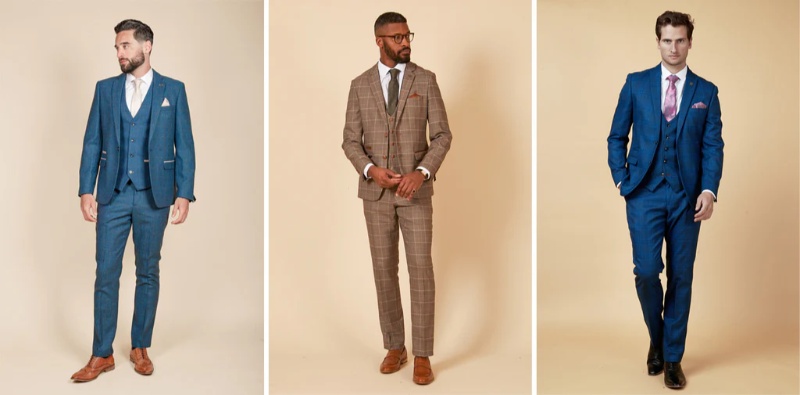
3. Key features of a single-breasted suit
What sets a single-breasted suit apart is not just its button configuration, but the subtle design elements that shape its character.
Lapel style
One of the most defining features is the lapel style. Most single-breasted jackets feature a notch lapel, a classic, V-shaped cut where the collar meets the lapel. It’s understated, versatile, and suits nearly every face shape and body type.
For those seeking a touch more formality or flair, the peak lapel, with its upward-pointing edges, adds a bold, architectural statement more commonly seen on formal or fashion-forward single-breasted suits.
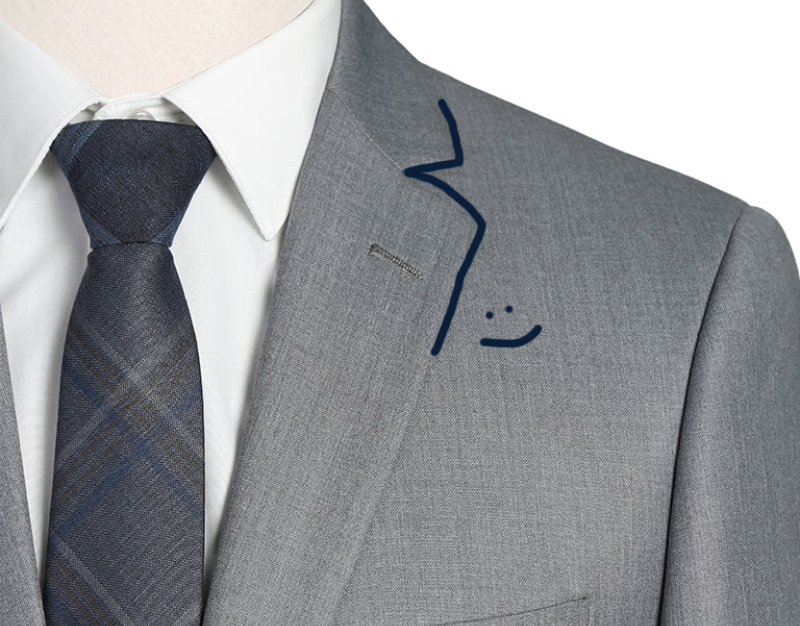
The fit
The fit of a single-breasted suit is equally important. Traditionally, the cut is designed to contour the body in a flattering way, whether it’s a slim fit that hugs the frame for a sleek silhouette, a classic fit that offers room and comfort while maintaining structure, or a modern fit suit that strikes a balance between the two.
The beauty of a single-breasted suit lies in this adaptability, which can be tailored to enhance virtually any body shape, making it an ideal choice for both off-the-rack shoppers and bespoke suit connoisseurs.

Suit fabric
Then there’s the matter of fabric – a quiet but crucial element in defining a suit’s personality. Wool remains the gold standard, prized for its durability, breathability, and seasonless wear.
Cotton suits offer a slightly more casual look, perfect for warmer climates or relaxed settings. And linen, with its lightweight texture and natural wrinkles, brings a laid-back elegance ideal for spring and summer tailoring.
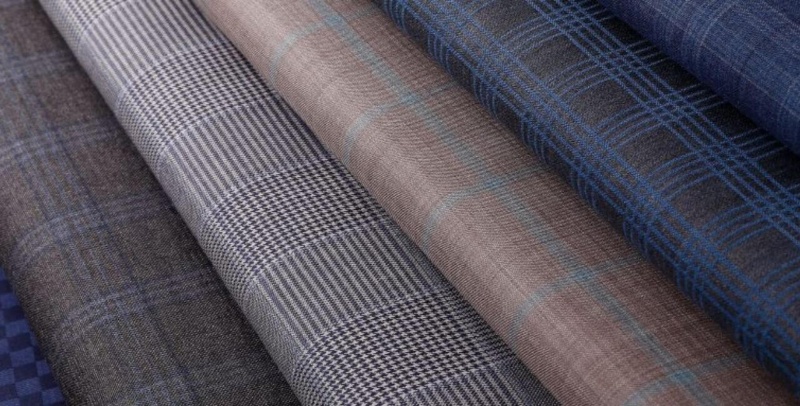
4. Who should wear a single-breasted suit?
Unlike more structured or bulkier silhouettes, the single-breasted jacket creates a clean vertical line down the torso, which has a subtle yet powerful effect: it elongates the body, creating a taller, leaner appearance.
For slender or tall men, the single-breasted suit is a natural ally. Its straightforward cut doesn’t overwhelm the frame, and when tailored well, it accentuates height without adding unnecessary volume.
The lapel width, button stance, and overall length can be adjusted to enhance proportions, ensuring the wearer looks balanced and refined.
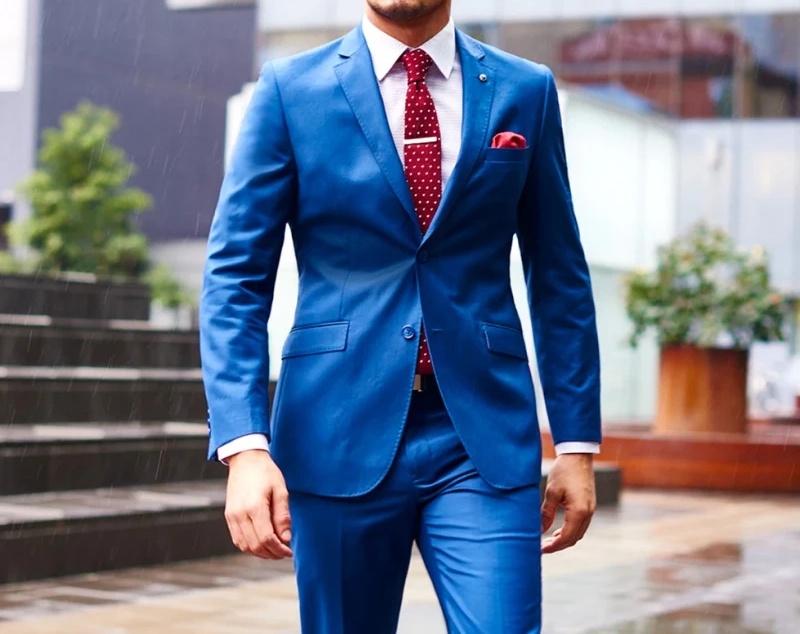
Men of average build benefit just as much. The single-breasted design offers enough structure to define the shoulders and waist, especially in a two-button configuration that naturally draws the eye upward. It’s the kind of silhouette that doesn’t fight the body, but rather complements it, effortlessly creating an image of symmetry and sharpness.
Even broader or shorter body types can find comfort in a single-breasted suit, provided the fit is carefully considered. Opting for a slightly longer jacket length, lower button stance, and subtle taper at the waist helps create a more proportional, lengthened silhouette. Many stylists recommend single-breasted jackets for clients who want to appear slimmer and more streamlined.
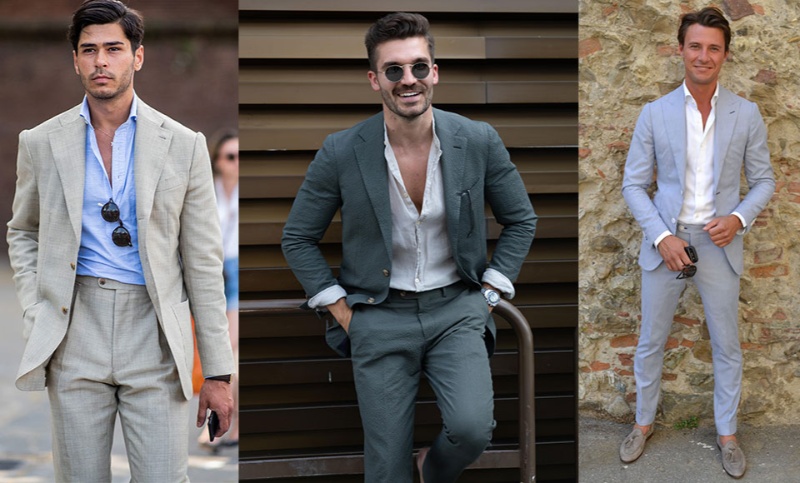
5. How to style a single-breasted suit the right way
Shirt and tie combinations
A crisp white shirt is the safest and most timeless choice, especially for formal settings or business attire. Light blue, pale pink, or subtle patterns (like thin stripes or micro-checks) add personality without overwhelming the outfit.
When it comes to ties, consider balance—if your shirt is solid, go bolder with textures or patterns on the tie. If the shirt already has visual interest, a simple silk tie in navy or burgundy will ground the look beautifully.
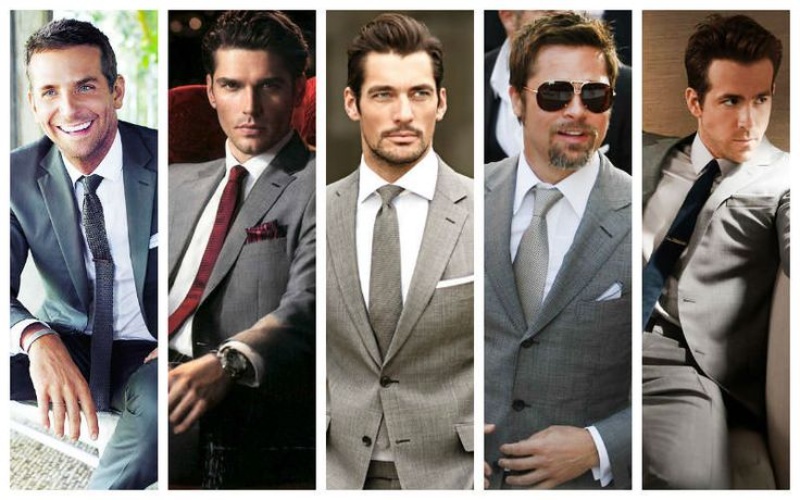
Color palettes
A navy single-breasted suit is a must-have cuz of its perfection, suitable for almost every occasion, from client meetings to evening events.
Charcoal and mid-grey offer a touch more maturity and formality, while a beige or tan suit brings fresh energy to spring and summer wardrobes. Want to push boundaries? Try earthy tones like olive or chocolate brown for a sophisticated yet unexpected twist.
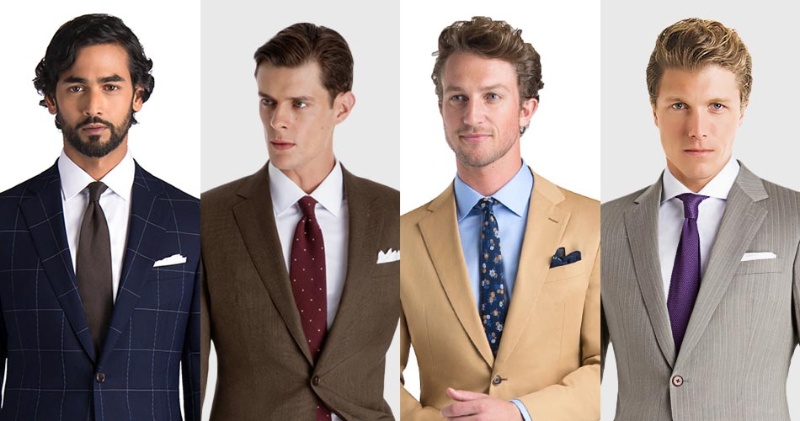
Footwear and accessories
Though this part is often overlooked, it plays a pivotal role. For business or formal wear, pair your suit with oxfords or derby shoes in black or brown leather.
For a more relaxed, smart-casual approach, loafers or suede brogues make a fine choice. Pocket squares, tie bars, and a well-chosen watch add dimension—just remember the golden rule: don’t over-accessorize. One or two accents are enough to elevate without distracting.
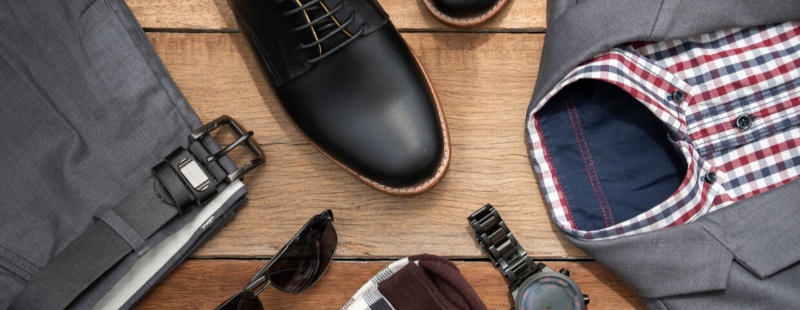
Versatility layering
Want to make a statement at a wedding or upscale dinner? Add a waistcoat for a refined three-piece suit. Need something sharp but less formal? Skip the tie, unbutton the top of your shirt, and let the clean lines of the single-breasted jacket do the talking.
6. How to get the perfect single-breasted suit fit
A suit, no matter how expensive or well-made, is only as good as its fit. A perfectly tailored single-breasted suit doesn’t just sit on your body. It also works with it, enhancing your shape while allowing comfort and movement.
Start with the shoulders, this is the most unforgiving part of any jacket. The shoulder seams should align perfectly with the ends of your natural shoulders. If they’re too wide, the jacket will droop; too narrow, you’ll feel constricted. Unlike sleeve length or waist suppression, shoulder structure is difficult and costly to adjust, so it must be right from the beginning.
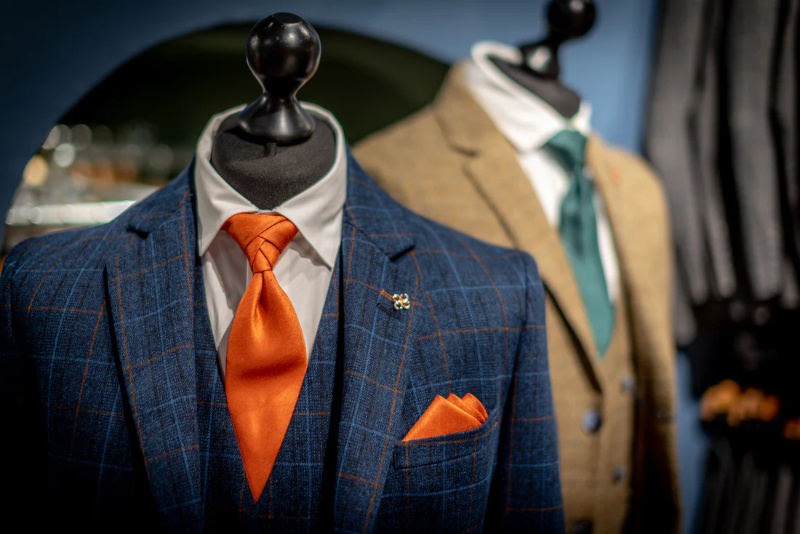
Next, consider the waist. A well-fitted single-breasted suit should gently contour the torso, creating a subtle V-shape without pulling at the buttons or forming fabric creases. If there’s excess room, a skilled tailor can nip the waist in for a sharper silhouette. On the other hand, avoid over-tapering.
Elegance is good, but discomfort is a no-go.
Sleeve length is another detail that speaks volumes. The rule of thumb? Your jacket sleeve should end just above the wrist bone, allowing around half an inch of your shirt cuff to peek through. It’s a small touch, but one that separates the polished from the poorly dressed.
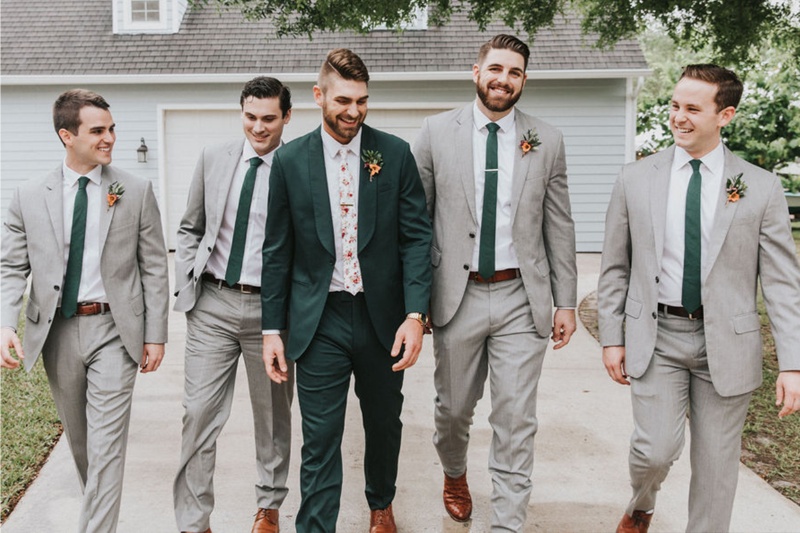
Jacket length should cover your seat and balance your proportions. Too short, and the suit looks trendy but unfinished; too long, and it swallows your frame. A proper length harmonizes the upper and lower body, achieving a look that’s timeless, not just seasonal.
7. Single-breasted vs Double-breasted: What’s the difference?
At a glance, the most obvious difference lies in the front closure. A single-breasted suit typically features one row of buttons (usually one, two, or three), and a narrow overlap of fabric. It’s sleek, streamlined, and widely considered the more versatile of the two.
On the other hand, a double-breasted suit features two parallel rows of buttons and a broader overlap, giving it a more structured, commanding silhouette. It exudes old-world elegance, often associated with peak lapels, padded shoulders, and a sense of ceremonial formality.
In terms of formality, the double-breasted suit traditionally ranks higher. It’s the kind of jacket that makes a statement the moment you walk into a room, ideal for formal events, high-powered business meetings, or any setting where gravitas is part of the dress code.
The single-breasted suit, meanwhile, is the true chameleon: equally at home in the boardroom, at a wedding, or even styled down with a T-shirt and loafers for smart casual settings. It transitions effortlessly across occasions, making it the go-to option for those who prize both elegance and ease.
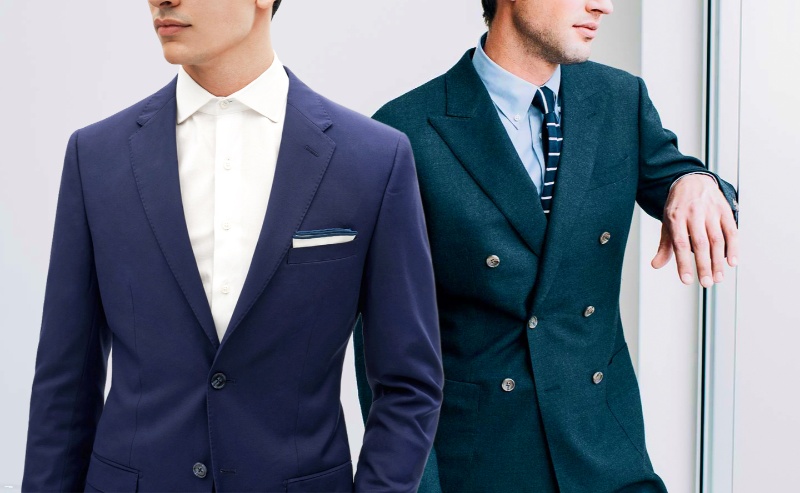
So, when should you choose one over the other?
Opt for a single-breasted suit if you’re looking for flexibility, a more relaxed silhouette, or a universally flattering cut that suits most body types. It’s particularly ideal for first-time buyers or anyone building a foundational wardrobe.
Choose a double-breasted suit if you’re dressing for impact, like evening affairs, sartorial confidence, or simply when you want to channel a bit of Cary Grant charm.

The single-breasted suit is more than just a wardrobe essential—it’s a symbol of timeless elegance, adaptability, and personal expression. From its refined silhouette to its ease of styling, this classic design continues to earn its place in modern menswear, not by shouting for attention, but by whispering confidence and sophistication. Whether you’re navigating a boardroom, attending a wedding, or simply dressing to feel your best, the single-breasted suit offers a foundation you can build upon, tailored to your shape, your style, and your story.
Create from my passion about sartorial that I accidently discover when I was searching to upgrade my style, this website is dedicated to providing in-depth knowledge, expert styling tips and the latest trends in men’s tailored fashion. Though sometimes I might sound a little cheesy cuz of all that philosophy book I’ve read 🙂
